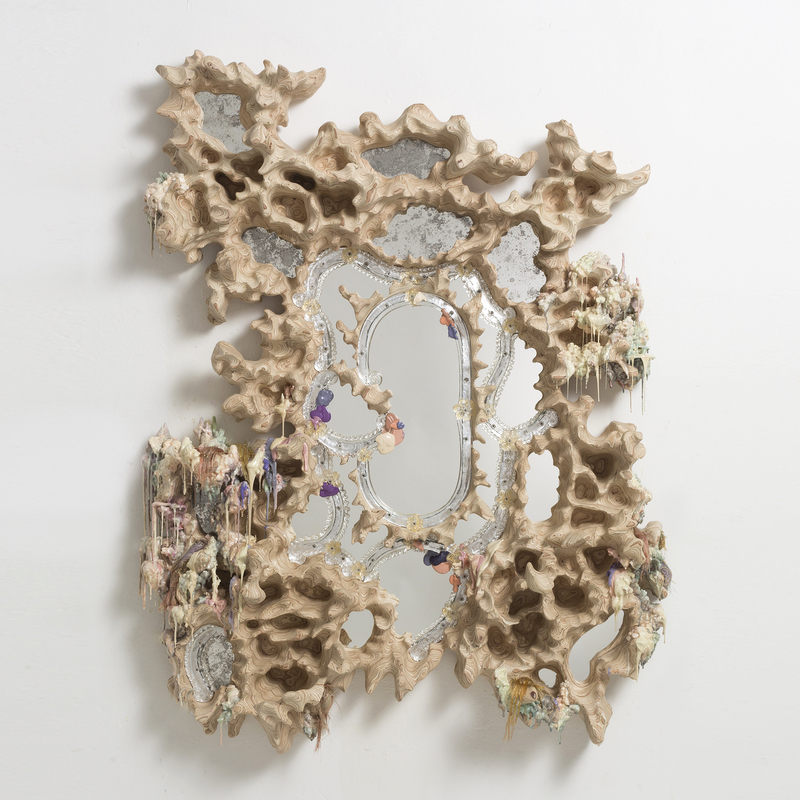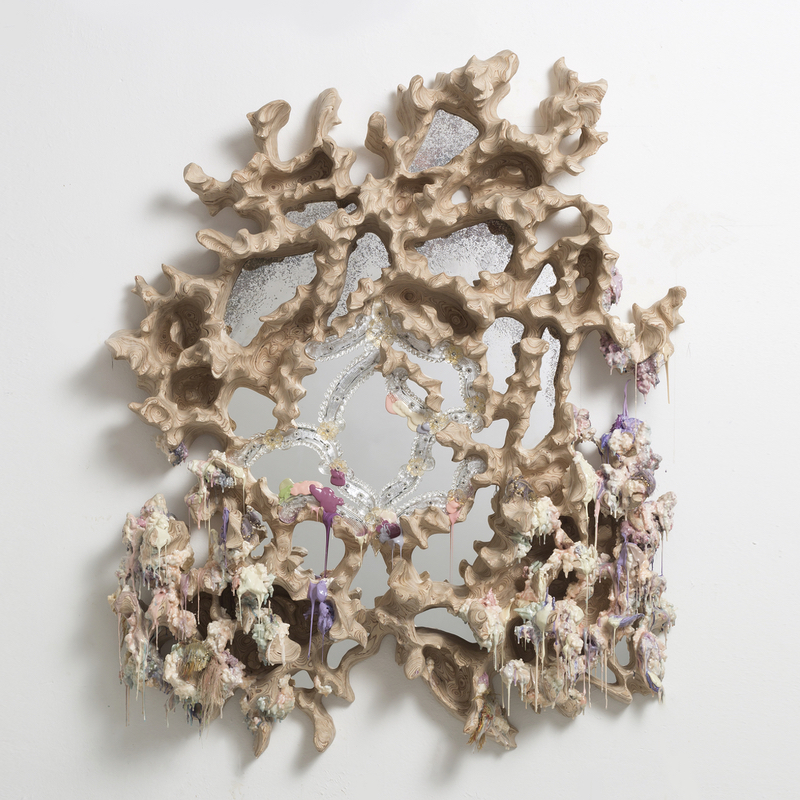Side Gallery
Side Gallery
WishlistFollow
Follow
VENICE DESIGN BIENNALE 2021
VENICE DESIGN BIENNALE
DESIGN AS A SELF PORTRAIT
MAY 20-JUN 27 2021
Side Gallery is thrilled to present Tadeas Podracky and Rollo Bryant in this year's Venice Design Biennale. The exhibition Design As Self-Portrait envisages how design contributes to the representation of identity in a dialogue between use and representation, reality and virtuality. The exhibition will include a new series of works by Czech designer Tadeas Podracky alongside the generative design works of British designer Rollo Bryant.



As the winner of the first edition of the Venice Design Biennial Residency 2020, Tadeas Podracky will exhibit “Fading reflection”, the result of his Venetian experience in contact with the local artisan tradition of Berta Battiloro and Ongaro and Fuga Specchi Veneziani. These latest works manifested through an exploration of Venetian mirror-making tradition with the aim of disrupting our perception of what tradition represents. Podracky’s mirrors invites the viewer to envision a scenario where tradition is a never-ending constant evolution. Through exploring materials that are traditionally obscured, such as the wooden frames, Podracky brings these to the surface and gives them their maximal scope. This is represented by transition, the further from the centre of the mirror the more the traditional constant dissolves and other materials emerge. By reevaluating these principles of tradition and crafts Podracky develops works that maintain historic relevance but also achieves a multi-layered identity by combining unconventional elements.
Rollo Bryant, works at the intersection of freehand sculpting and computational design. His latest series, ’Urban Stem’ exemplifies his aim for design interventions to serve as a means to address ecological neglect. Through the design of light fixtures in public spaces that not only provide illumination but also act as a refuge and nest for flora and fauna, Bryant highlights a number of issues with the ways we light our cities, and proposes how we might mitigate our impact and prioritise an alternate agenda for urban design. Using generative methods that replicate processes in nature to create a collection of lamps that has functional use for society as well as natural systems, he continues the conversation on how to invite nature back into cities.